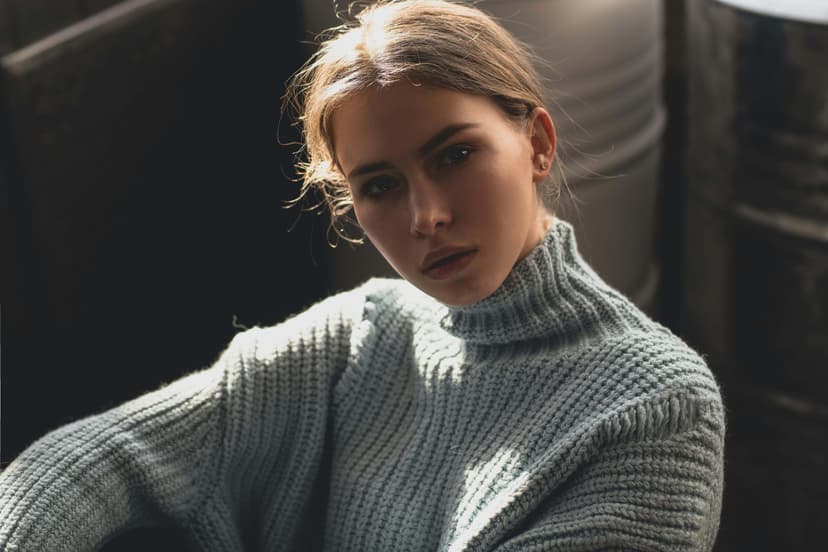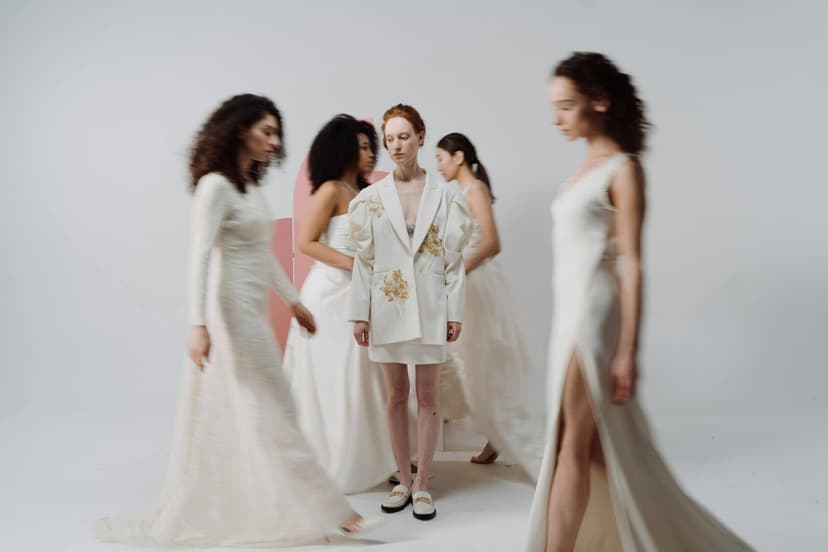Pop style fashion has become a significant influence in the global fashion industry. From the vibrant aesthetics of K-pop to the dynamic energy of streetwear, pop culture has shaped modern fashion trends. In this article, we explore 10 inspiring pop style fashion trends and how Fashion Diffusion’s AI Fashion Design Tool helps designers and brands bring these trends to life efficiently.
Top Pop Style Fashion Trends

1. K-Pop Inspired Outfits
pop has turned fashion into a stage performance. Groups like BLACKPINK and BTS often wear custom pieces from brands such as Chanel, Dior, and Louis Vuitton during performances. Sequins, metallic fabrics, oversized jackets, and sneakers are now central to K-pop inspired fashion design.

2. Streetwear Meets Pop Culture
Streetwear now blends with anime, comic art, and gaming. Brands like Supreme and BAPE frequently collaborate with franchises such as Naruto or Marvel. Oversized hoodies, cargo pants, and graphic prints make these collaborations popular among Gen Z. This mix of streetwear and pop culture keeps designs fresh and widely recognizable.
3. Bright Color Blocking
Modern pop fashion trends often use strong contrasts. K-pop idols such as Red Velvet are known for outfits combining neon green with hot pink or red with cobalt blue during concerts. Color blocking is not limited to music idols—brands like Balenciaga and Versace also highlight this trend in runway shows.
4. Gender-Fluid Fashion
Pop fashion design is breaking gender rules. Idols like G-Dragon from BIGBANG wear skirts, oversized blazers, or pearl jewelry that blur gender lines. Luxury brands such as Gucci and Thom Browne promote unisex tailoring in their collections. This shows how pop culture in fashion design values freedom and inclusivity.
5. Retro 2000s Revival
Y2K fashion is back. Olivia Rodrigo and Dua Lipa have made crop tops, low-rise jeans, and shiny butterfly accessories trendy again. Retailers like Urban Outfitters and ASOS now sell capsule collections that directly reference the early 2000s. Nostalgia remains a strong driver of pop culture in fashion.
6. Layered Street Aesthetics
Layering is central to pop style clothing ideas. Artists like Billie Eilish often combine oversized hoodies, jackets, and baggy pants for her signature look. In Asia, layering jackets over hoodies with statement accessories is popular among streetwear fans in Tokyo and Seoul. This trend allows individuals to build flexible, unique pop style outfits.
7. Pop Icons as Fashion Symbols
Global stars influence collections worldwide. For example, NewJeans collaborated with Levi’s for its 150th anniversary, creating denim looks that went viral on social media. Similarly, BTS’s partnership with Louis Vuitton boosted luxury brand appeal among younger fans. These collaborations show how pop style outfits can shape global demand.
8. Bold Accessories and Statement Pieces
Modern pop fashion trends emphasize standout items. Rosé from BLACKPINK is known for pairing simple black dresses with oversized jewelry, while Travis Scott made chunky sneakers like the Nike Air Jordan 1 Cactus Jack iconic. Accessories define the outfit and often set new fashion waves.
9. Digital and Virtual Fashion
Pop culture in fashion design is entering the digital world. In 2022, Gucci launched virtual clothing on Roblox, and Nike introduced Nikeland for gamers to dress avatars in branded sneakers. Virtual fashion is now part of pop style clothing ideas, showing how Gen Z values digital identity as much as physical outfits.
10. Sustainability in Pop Style Fashion
Eco-conscious design is shaping pop fashion. Brands like Stella McCartney and Pangaia use recycled fabrics and eco-friendly dyes. In K-pop, groups like Twice have worn costumes made with sustainable materials during tours, highlighting how ethics and style can coexist. Pop style fashion is now linked with responsibility as much as creativity.
How Fashion Diffusion Transforms Pop Style Fashion for Brands
Fashion Diffusion is revolutionizing fashion design by providing brands with powerful AI tools to streamline the creative process. With its intuitive platform, designers can quickly transform concepts into market-ready visuals, enabling faster trend adaptation and more cohesive collections.

Core Features of Fashion Diffusion
Text-to-Sketch & Sketch-to-Render
Generate fashion sketches from text prompts or refine hand-drawn designs into polished digital illustrations. This accelerates the ideation process, allowing designers to explore multiple concepts rapidly.
Fabric Simulation
Upload fabric samples or textures to visualize them on your designs. This feature aids in assessing how different materials interact with various styles, enhancing the design’s realism.
Virtual Try-On
Create realistic model visuals by applying your designs to virtual avatars. This tool is invaluable for e-commerce, enabling customers to see how garments fit and move without physical samples.
Style Innovation & Fusion
Experiment with design transformations using the Style Innovation slider, or combine multiple references with Style Fusion to generate unique fashion concepts. These features encourage creative exploration and innovation.
AI Image Editing
Enhance your visuals with tools for background removal, recoloring, face swapping, and upscaling. These capabilities streamline the creation of marketing materials and product images.
Benefits for Brands to Use AI Fashion Design Tool
- Accelerated Design Process: Reduce the time from concept to final design, enabling quicker response to emerging trends.
- Cost Efficiency: Minimize expenses related to physical samples, photoshoots, and extensive revisions.
- Enhanced Creativity: Access a suite of tools that foster innovation and experimentation within the design process.
- Cohesive Collections: Maintain consistency across designs and marketing materials, ensuring a unified brand identity.
Final Thoughts
Pop style fashion is constantly evolving, shaped by music, street culture, digital trends, and sustainability. By understanding these key trends and leveraging tools like Fashion Diffusion’s AI Fashion Design Tool, brands can move faster from concept to collection, experiment with new styles, and create cohesive, market-ready outfits that resonate with global audiences.
Whether you’re drawing inspiration from K-pop, streetwear, or virtual fashion, integrating AI into your design workflow ensures creativity, efficiency, and relevance in today’s fast-paced fashion world.
👉 Explore Fashion Diffusion to turn pop style fashion trends into sellable products and elevate your brand with AI-powered design.
Pop Fashion Trends FAQs
Pop style fashion refers to clothing inspired by popular culture, music, and entertainment. It often includes bold colors, K-pop inspired outfits, and modern streetwear designs that appeal to younger generations.
K-pop idols such as BTS and BLACKPINK often wear unique stage outfits designed by luxury brands like Dior and Chanel. Their styles—oversized jackets, sequins, and bold sneakers—quickly become global pop style clothing ideas that fans adopt.
Pop culture influences fashion through collaborations and cultural references. For example, Supreme and Marvel, Gucci on Roblox, and NewJeans with Levi’s are examples of pop culture shaping fashion design.
Brands can combine streetwear elements like hoodies and cargo pants with bold accessories, color blocking, or digital fashion designs. Adding sustainability, such as recycled fabrics, can also make pop style outfits more appealing to conscious consumers.
The main trends include K-pop inspired fashion design, gender-fluid styles, Y2K revival, bold accessories, layered streetwear, digital fashion, and sustainable pop style clothing ideas.





